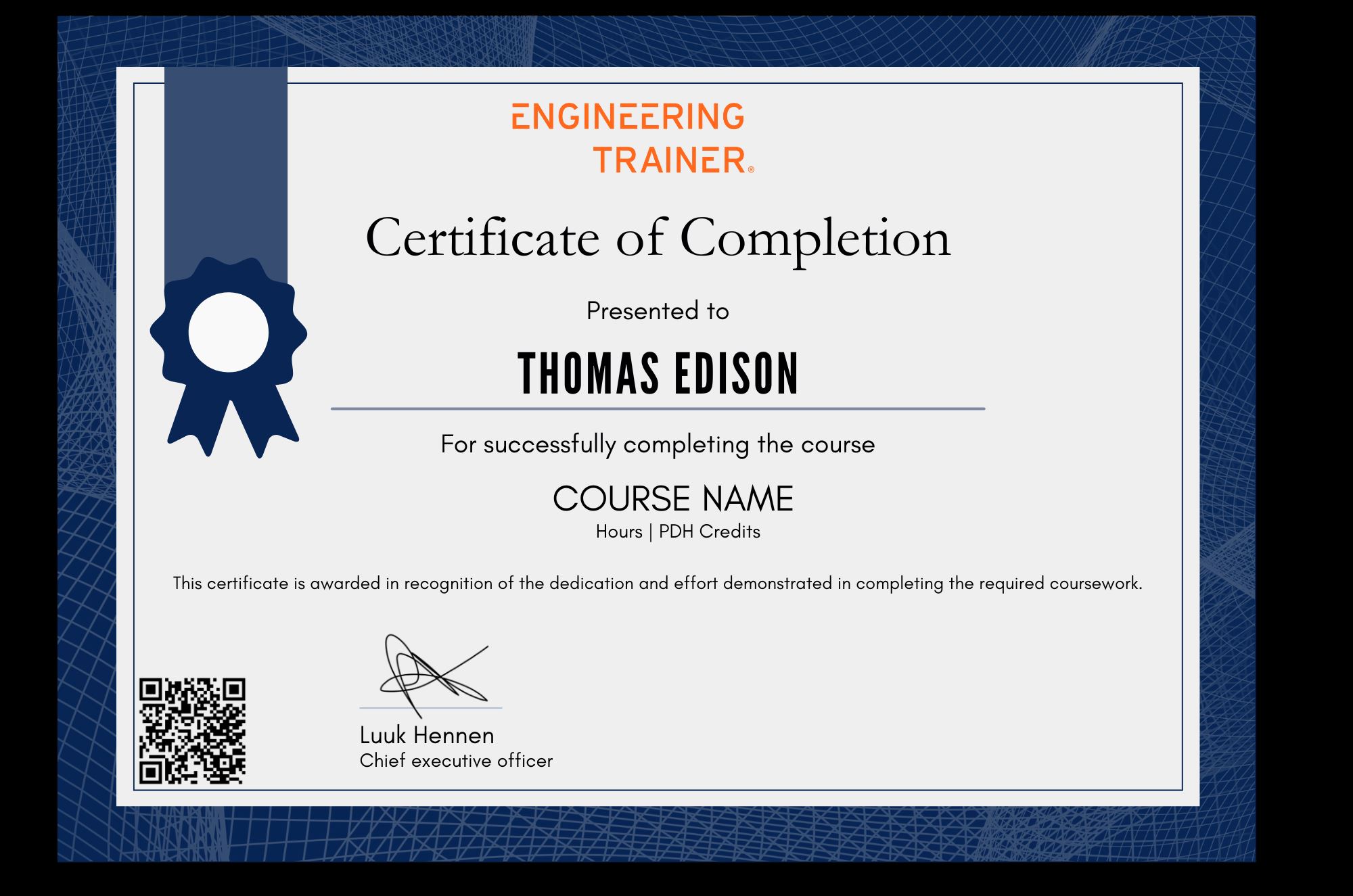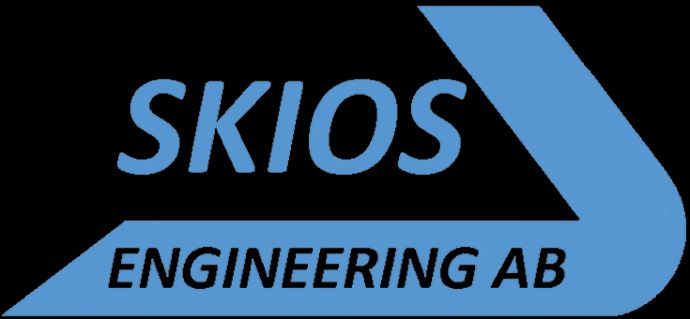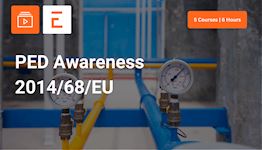EN13941 – Buried Piping
Why take this course?
Master buried piping analysis with EN 13941. This self-paced course covers complex design consequences, trench geometry, soil interaction, and analysis of pre-insulated pipes. Learn to avoid overstressed components and achieve code conformance through practical workshops and software examples. Includes video lectures, quizzes, and a certificate with PDH credits.
What you'll learn
After this course, you...
• have a fundamental knowledge of piping components and trench geometry used for buried piping in combination with the EN 13941 piping code,
• know how to input correct data for a pre-insulated bonded pipe and soil interaction for analysis according to EN 13941,
• are familiar with pipe classes and project classes,
• have knowledge about all the different code requirements that apply for both the pipe, PUR-insulation, and PE-jacket with respect to EN 13941,
• know how to resolve different issues when code requirements are not fulfilled,
• understand how to model and analyze twin pipe systems.
About the course
The demand for buried piping analysis according to EN 13941 is increasing, but only a few piping analysis engineers are aware of the complexity of this piping code and its design consequences. Standard pipe components like tees and bends are easily overstressed when analysed according to EN13941 and consequently, piping designers and analysis engineers frequently design oversized components.
During this course, participants will be taken through the EN 13941 design standard and learn how the stress analysis for buried piping is performed. Typical trench geometry and soil interaction will be explained, together with the analysis of pre-insulated bonded pipe, standard piping components, PUR-insulation and PE jackets. Workshops are included to reinforce the knowledge built up and to give first hand experience in solving common challenges in achieving code conformance.
To provide a thorough understanding of the principles in the EN 13941 the instructor will present some examples using piping simulation software. In this case the piping software Rohr2 will be used, participants should note though that those with other software packages will be able to follow, as the focus is the EN 13941 and not the buttons that need to be pressed in a given software package.
The course consists of 1 day of online live sessions with the instructors. All training content is provided through your EngineeringTrainer account.
Who should attend this course
• Those involved in designing buried piping systems.• Pipe stress and pipe design engineers who need a better understanding of the challenges the EN13941 design code presents.
• Plant owners and project managers involved in the design of buried piping systems.
Prerequisites
No previous experience with buried district heating systems is required.Basic understanding of steel piping systems is beneficial but not required.
Basic knowledge of stress and strain analysis is beneficial.
Program & Details
-
Pipeline Components
Live
1. Pre-insulated bonded single pipe.
2. Pre-insulated twin pipe
3. Reducers
4. Branch connections
5. Anchor plates
6. Single use compensator (SUC) -
Trench
Live
1. Geometry
2. Backfill and soil requirements. -
Buried piping
Live
1. Interaction between piping and surrounding soil
2. Virtual anchors
3. Expansion cushions -
Modelling of buried piping
Live
1. EN 253 delivery standard for pre-insulated buried piping
2. Definition of a pipe section
3. Properties of PUR-insulation and PE-jacket
4. Code settings for components -
Definition of soil properties
Live
1. Application of expansion cushions
-
Analysis of buried piping
Live
1. Modelling of pipe-soil interactions in piping software
2. Loading and load cases
3. Setup code evaluation according to EN 13941
4. Critical regions and proposed way to resolve typical issues. -
Piping model demonstration
Live
1. Piping model demonstration
-
Workshops 1 & 2
Live
1. Analysis of a typical buried piping system
2. Analysis of a piping system consisting of buried and piping above ground. -
EN 13941 piping code
Live
1. Pipe/project classes
2. Code criteria, Limit state A1 – D
3. Stress evaluation of PUR-insulation and PE-jacket
4. Stress concentration factors and formation of equivalent stress
5. Calculation of the allowable number of load cycles
6. Branch connections
7. Alternative method to resolve issues with branch connections. -
Twin pipes
Live
1. Supply and return flow pipe.
2. Connection plates.
3. Placement of connection plates
4. Proposed modelling method of twin pipes. -
Single-use compensator
Live
1. Modelling and analysis procedure
-
Workshop 3
Live
1. Modelling of twin pipe piping system
Certification


Why choose EngineeringTrainer
-
Unlimited Team-wide Access
-
Advance Technical Competences
-
Courses by Industry Authorities
Since using EngineeringTrainer our internal mentorship has a much more matured character.
Logan Chapman - COO at Chapman Consulting Inc.






